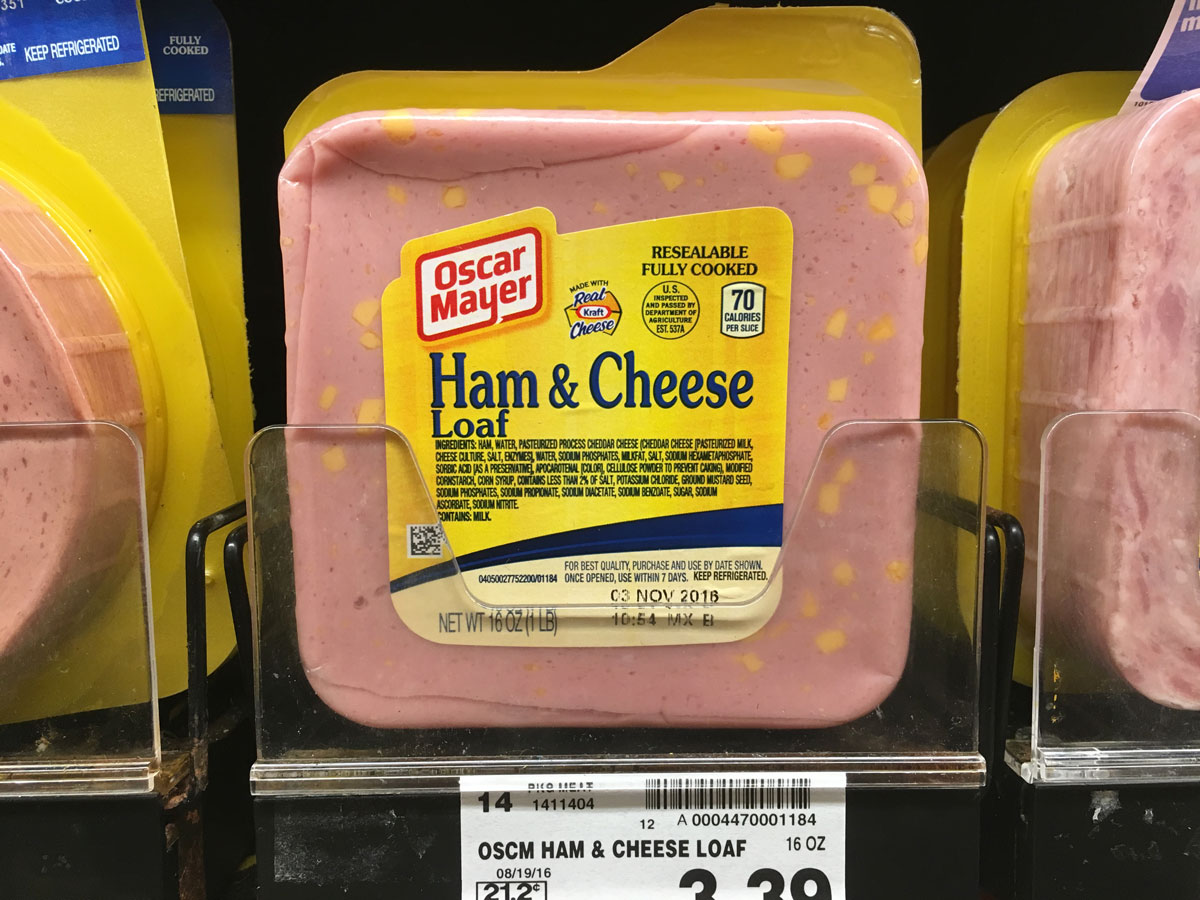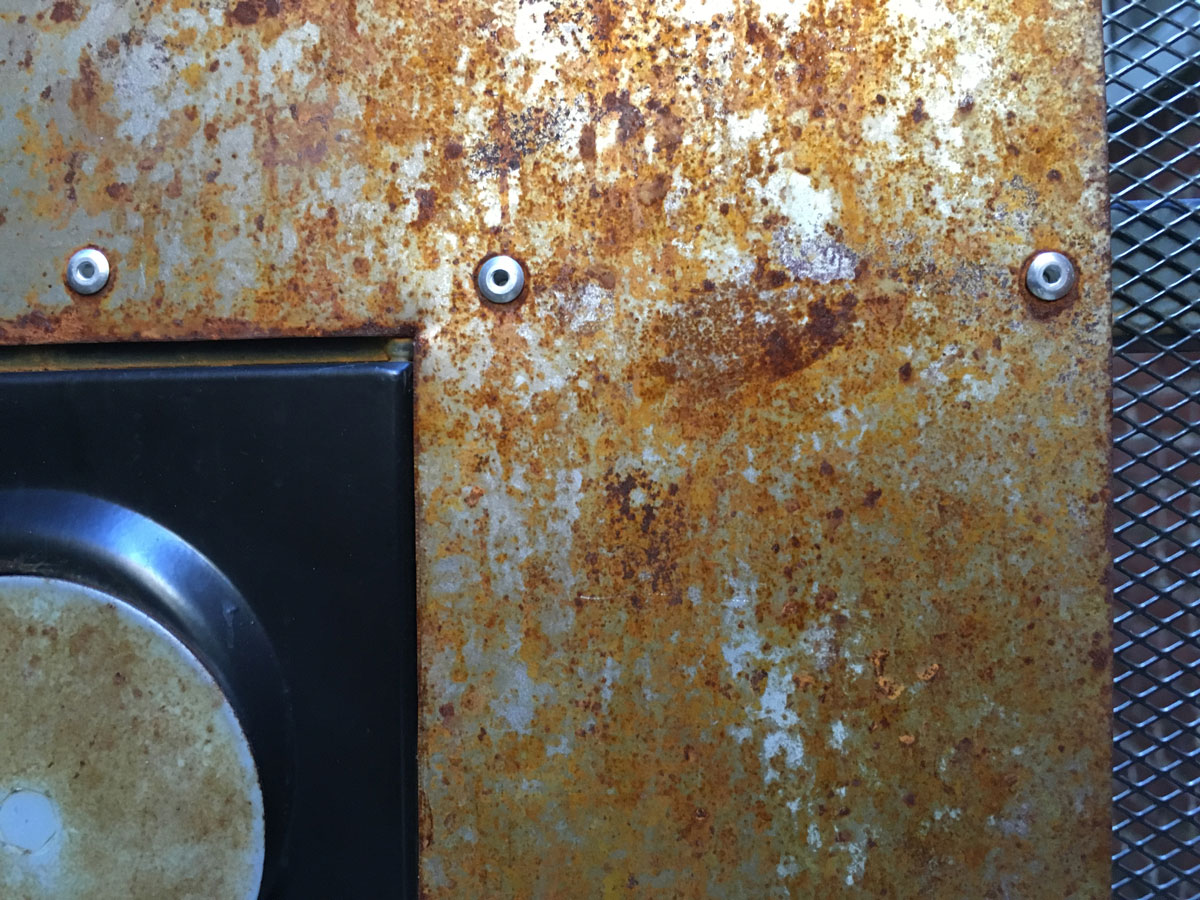“The whole concatenation of wild and artificial things, the natural ecosystem as modified by people over the centuries, the built environment layered over layers, the eerie mix of sounds and smells and glimpses neither natural nor crafted—all of it is free for the taking, for the taking in. Take it, take it in, take in more every weekend, every day, and quickly it becomes the theater that intrigues, relaxes, fascinates, seduces, and above all expands any mind focused on it.”
—John R. Stilgoe
One of the things that interests me about my neighborhood in Richmond is the contrast between the stately facades of the Edwardian row houses facing the street and their counterpart, the visually chaotic alley behind, filled with weeds, unruly vines, litter, and unremarkable graffiti. On foot from Franklin Street proper, we reach our apartment by sliding through a narrow opening between houses, snaking our way back to what used to be a carriage house. Though we share the same address as the people in the main house, our view is significantly different. Following in the footsteps of John Stilgoe, the legendary Harvard professor of visual and environmental studies, I spent time carefully observing both sides of the block. What I encountered confirmed a few initial thoughts, but a few surprises emerged.
Franklin Street, 1000–1030
MOVEMENT (Number/5 mins)
Pedestrians: 14
Motor Vehicles: 31
Bicycles: 3
ARCHITECTURAL DETAILS
Gabled roof detail
Bay windows
Victorian/Edwardian cone-shaped domes
Brick, various colors
PAVING METHODS
Sidewalk: slab concrete
Street: asphalt
PLANTS
Trees
Grass
Shrubbery
Flowers
LITTER
Tube socks
Shattered glass
Chick-fil-A bag
Cigarrettes
GRAFFITI
Public property: On street signage
Private property: Mostly found in the entry way of the abandoned building near Harrison
—
Franklin Street Alley, 1000–1030
MOVEMENT (Number/5 mins)
Pedestrians: 7
Motor Vehicles: 3
Birds: 3
ARCHITECTURAL DETAILS
Several boxy brick buildings detached from main houses/buildings, presumably former carriage houses like our apartment.
Stairways and fire-escapes on buildings higher than three stories
Crude wooden stairways
PAVING METHODS
Brick/cobblestone. Difficult to traverse.
PLANTS
Vines
Weeds sprouting through the cobblestone
LITTER
This is where garbage cans for the block are stored.
Dirty couch
Mattresses
Cardboard
Fast food bags and cups
Broken glass
Cigarrettes
Many of these same pieces of litter are found on Franklin Street proper as well. They are much more glaring in contrast to the more manicured appearance of the main street front.
GRAFFITI
Surprisingly more orderly than on the street-facing side. Frequently graffiti writers/artists would use architectural elements such as the grids on garage doors to arrange their work. “Greasy” makes numerous appearances here and on the street front.

